Conditions That Affect Your Bones

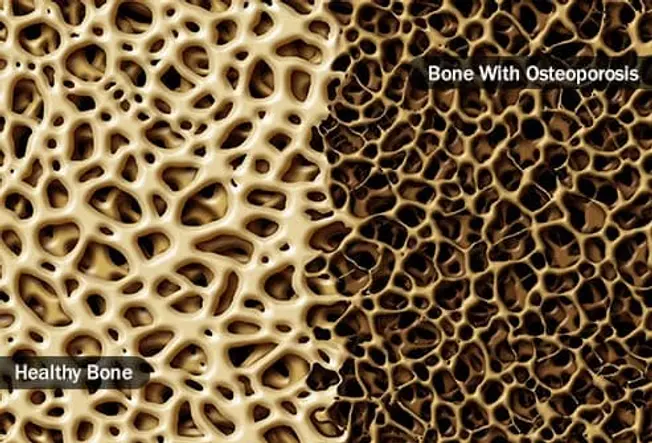
Osteoporosis
It’s when your bones get dangerously weak and more likely to break, especially in the hip, spine, and wrist. Your doctor can test your bone density to see if you have it, which is more likely as you get older. Changing your diet and exercise habits may help, and some medicines can slow bone loss. It’s also wise to work on your balance and strength to help prevent falls that could break bones.

Osteopetrosis
This may sound like the flip side of osteoporosis because it means that your bones become too dense. They're not stronger. In fact, they weaken and may break more easily. This condition can also affect the marrow inside your bones, which can make it harder for your body to fight infection, carry oxygen, and control bleeding. Treatments include medication, supplements, hormones, and sometimes surgery. Physical therapy can also help.

Osteonecrosis (Avascular Necrosis)
This can happen when bone, often in the thigh, arm, knees, or shoulders, doesn’t get enough blood. Without it, the bone tissue dies and collapses. It can lead to pain and make it harder to move. Your doctor will look for the cause, which may be an injury, medication, or diseases such as cancer, lupus, and HIV. You may need drugs, surgery, or other treatments.

Type 1 Diabetes
It usually starts in childhood, when your bones are still growing.With this condition, your body makes little or no insulin, a hormone that helps control blood sugar. It may also weaken your bones. Doctors aren’t sure why, but without enough insulin, your bones may not grow as well or reach their peak bone mass. Your doctor can help you manage the condition with drugs, diet, blood sugar tests, and lifestyle changes.
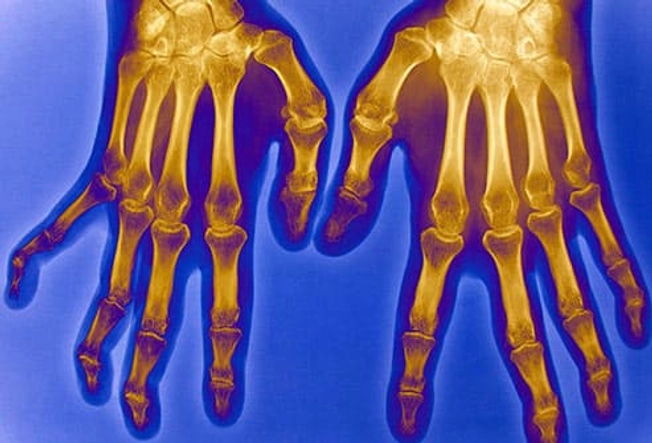
Lupus
With immune system conditions like lupus, your defense system attacks your own body. Muscle pain, fever, tiredness, rashes, and hair loss are common symptoms. So are swollen, painful joints. You’re also more likely to develop osteoporosis and break bones. And the corticosteroids that you may take to treat lupus also can cause bone loss. Your doctor will consider that when making your treatment plan.

Osteoarthritis
This is the “wear and tear” type of arthritis. It damages the slippery tissue that covers the ends of your bones. That lets them rub together. Bone and cartilage can break off and cause pain and swelling. Over time, it can even change the joint’s shape. Exercise and losing extra pounds can help curb the pain and stiffness. Your doctor also may suggest medication and other treatments like electrical stimulation and sometimes surgery.
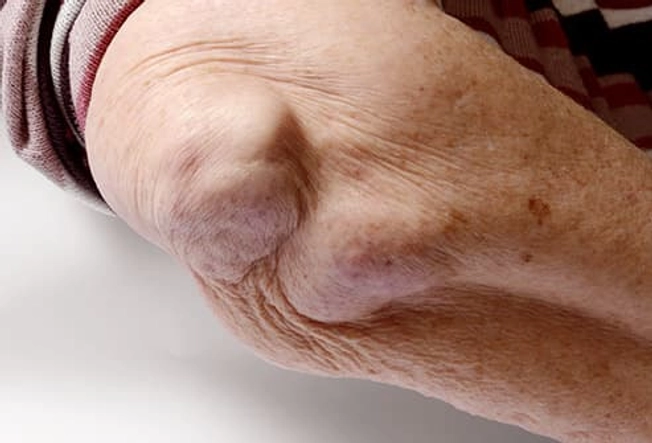
Rheumatoid Arthritis
Like lupus, this is an autoimmune disease. Your body’s defense system attacks your joints and bones, often in the hands and feet. Besides pain and swelling in your joints, you may feel tired and feverish. Your doctor can help you manage it with medicine and in some cases surgery. It may also help to eat lots of anti-inflammatory foods and exercise to strengthen your heart and other muscles and to improve your joints’ range of motion.

Celiac Disease
It means your body can’t handle gluten, a protein found in wheat and other grains. When you eat it, your immune system attacks and damages your small intestine. This makes it harder for your body to absorb nutrients, including calcium, that your bones need. Weaker bones are common if you have this disease but don’t know it. If your doctor tells you have celiac disease, you'll need a strict gluten-free diet so your body can heal.
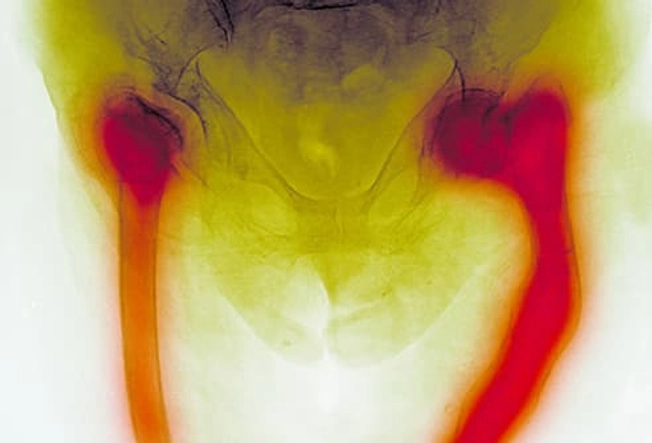
Osteogenesis Imperfecta
Also called “brittle bone disease,” you inherit genes from your parents that can make your bones weak and misshapen. Your joints may separate too easily, and your spine may curve. You also may have hearing loss, breathing problems, and dark color in the whites of your eyes. Although there’s no cure, you can manage some symptoms with a healthy lifestyle, medication, and in some cases surgery.

Hyperthyroidism
It’s when your thyroid gland makes too much of the hormones that normally help your body use energy. It can make you tired, sleepless, and shaky. It also speeds bone loss, and sometimes your body can’t replace it fast enough. If it happens for too long, you can get osteoporosis. Your doctor can help get your hormone levels back to normal with medication, surgery, or both.

Smoking
Tobacco can mess up your blood circulation, including to your bones. This can lead to weaker bones and may be a particular problem in the spine, which already doesn’t get much blood. Smoking can also make joint and back pain from other diseases worse. And certain pain treatments may not work as well for you. So work with your doctor to kick the habit for good.
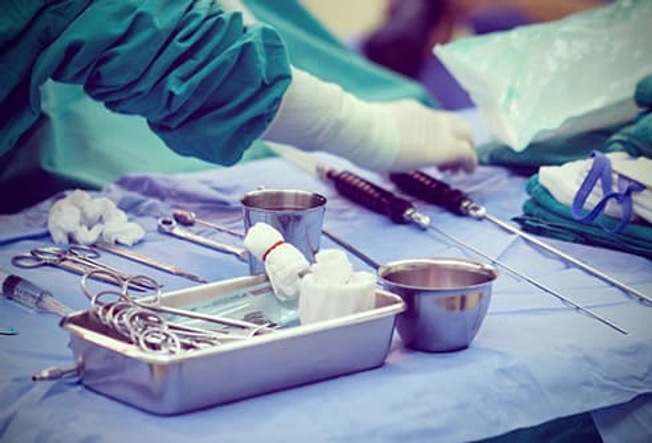
Weight Loss Surgery
If you have a lot of pounds to lose, there are different operations that you and your doctor may consider to make your stomach smaller so you don’t eat as much. But you’re more than twice as likely to break a bone sometime after the surgery. Doctors don’t know why. Part of the reason may be from eating less calcium and vitamin D, which your bones need.
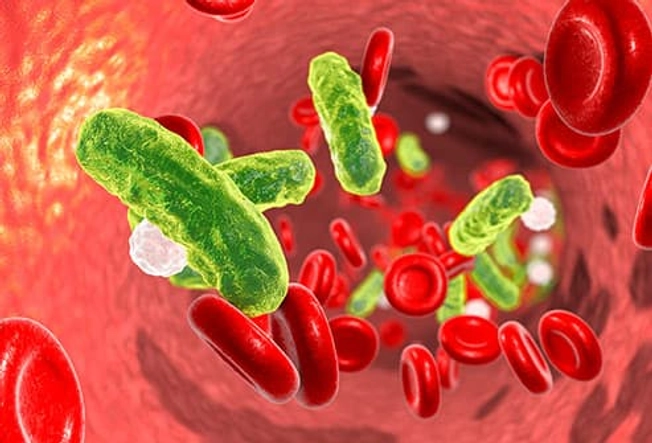
Infection
When joint or bone pain happens quickly and you’re also sick and feverish, bacteria may have infected it. Another illness or injury can cause it. Your doctor may call it “septic arthritis” and may use a needle to remove fluid and prescribe antibiotics to kill the bacteria. Though it doesn’t happen as much, viruses or fungi can infect your joints, too. In those cases, antibiotics won’t help.
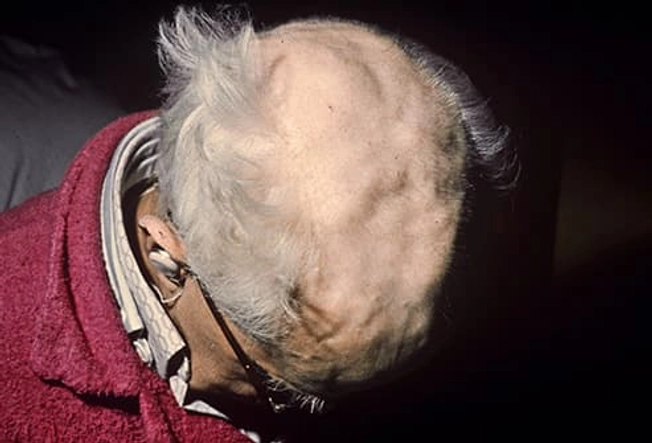
Paget’s Disease of Bone
Your bones grow too large and become weak if you have this condition. It most often affects bones in your leg, skull, pelvis, or spine. It may not hurt at first unless you break a bone or develop arthritis. And if it affects your skull, you could lose hearing. Doctors don’t know why it happens, but your genes could play a part. You may need medications and surgery to fix broken or misshapen bones.
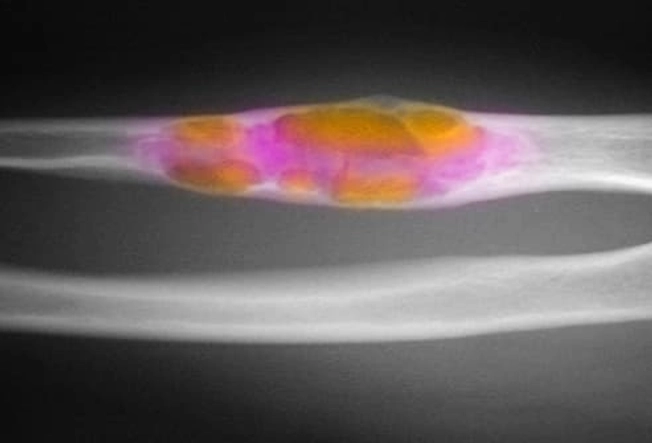
Fibrous Dysplasia
Here, genes tell your body to replace healthy bone with other types of tissue. Bones may become weak, oddly shaped, and fracture more easily. Many children between 6 and 10 who have this condition break bones. It often affects one side of the body, usually in the arm, pelvis, face, leg, or ribs. To curb symptoms, you may need medication, casts, and surgery. Ask your doctor about diet and exercise changes that can help.